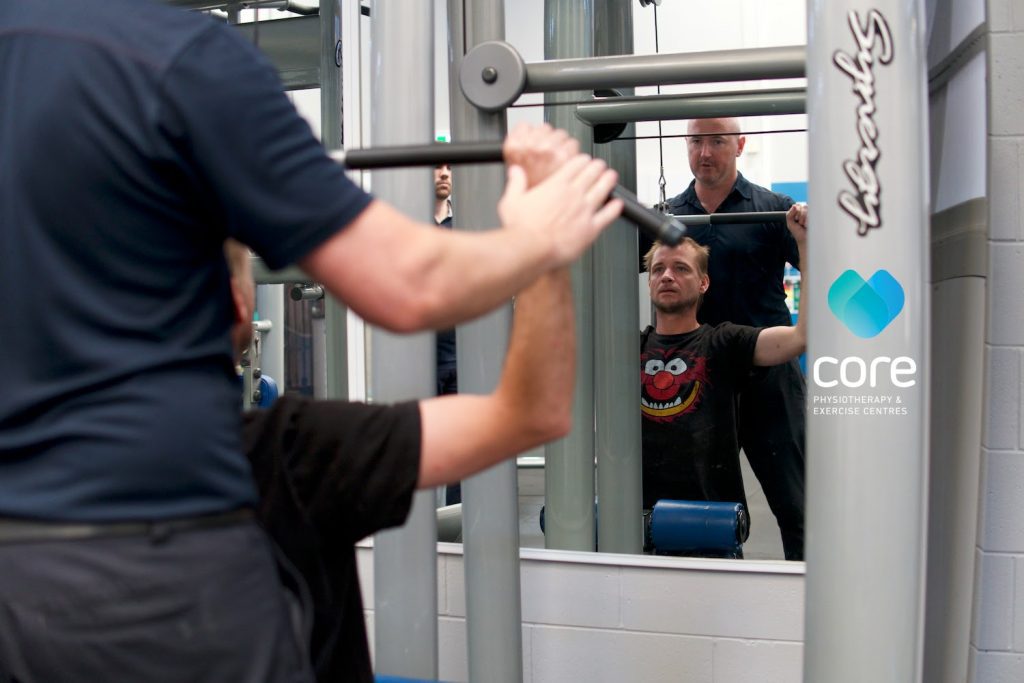As we kick off the New Year, you may be wanting to step up your current workout routine. There’s a reason why Resistance Training is coined as one of the most efficient ways to improve strength and performance.
Although strength training is a fantastic way to improve all aspects of your physical fitness, from joint strength to injury prevention, the weights section of the gym can be rather scary when you first start!
So, what exactly is resistance training, and where should you even start?
What Is Resistance Training?
Resistance Training uses opposing forces to build anaerobic endurance and the size of muscles. This involves isolating muscle groups to improve the strength of muscles through regular, repeated and consistent training. Dumbbells, rubber exercise tubing, your body weight, bricks, water bottles, or any other object that causes the muscles to contract can be used as external resistance.
It works by producing microscopic tears to muscle cells, which are then quickly repaired by the body, allowing the muscles to recover and strengthen themselves.
Before You Start
Proper technique is essential for effective Resistance Training. If you are a beginner, it is vital that you consult a physiotherapist or doctor to assess your capabilities so that you can receive an individualised program that factors in your specific needs. It serves as a safety net to help you choose whether the advantages of exercise outweigh the risks. Luckily, at Core, we offer such services – so be sure to reach out to our friendly team for a Training Program!
A Beginner’s Guide
The key to Resistance Training is to start small. It is by no means a race to reach your desired weight. In fact, a great place to start is your body weight! Familiarise yourself with your designated exercises, whether it be squats, lunges, curls, or rows, and slowly increase the increments of weights as you continue. This may only be a few kilograms when you’re first starting.
Once you can easily do 12 repetitions of a particular weight, slowly increase your resistance. The main goal of this training technique is to fully fatigue the muscle group you are targeting so that your body can adapt and become stronger. So, don’t push yourself too hard, but make sure you can feel the burn!
After four to six weeks of consistent resistance training, you can gradually raise the intensity of your workouts as your muscles adjust. Also, you might want to think about a split program once you’ve gotten more experience. On Mondays and Fridays, you could focus on your upper body, and on Wednesdays and Sundays, you could work on your lower body.
Remember…
Always remain safe when incorporating weights into your workouts. Be sure to utilise the correct lifting techniques, and have a ‘spot’ by your side. Only use well-maintained equipment, and always warm-up for about five minutes before exercising. Also, after a workout, muscle needs time to recover and grow. If you don’t give your muscles adequate time to heal, they won’t get any bigger or stronger. Resting the muscle group for at least 48 hours is a decent rule of thumb.
Finally, make sure you consult a professional before incorporating Resistance Training into your workout routine, even if you think you know what you’re doing.
If you need help getting started, learning proper technique or designing a training program, get in touch with one of our friendly physiotherapists and start your strength journey today!
If you need a tailored exercise program or screening, book in for your treatment now with one of our exercise specialists via 1300 012 273 or head to our website and book a session at your nearest clinic.

